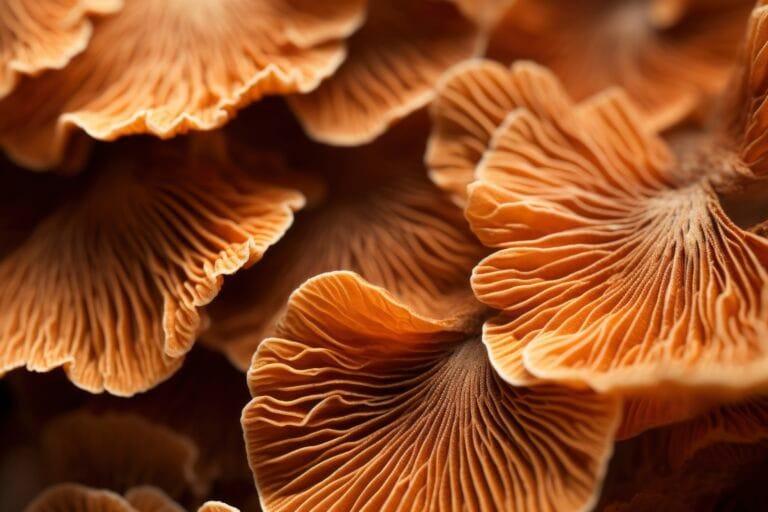
How Microbes Play a Role in the 3 Primary Coffee Processing Methods?

- Bioactive Compounds and Health Benefits
- Coffee Bean Structure and Initial Processing
- 3 Primary Coffee Processing Methods
- Fermentation and Its Role in Flavor Development
- The Interaction Between Fermentation and Roasting
Coffee is one of the most popular global commodities, belonging to the Rubiaceae family and the Coffea genus. The most commonly used coffee species are Coffea arabica, Coffea canephora (robusta), and Coffea liberica. Coffee’s popularity continues to rise, as reported by the International Coffee Organization (ICO), which recorded global coffee exports reaching 11.13 million bags in October 2024, an increase from 9.67 million bags in the previous year.
Bioactive Compounds and Health Benefits
Beyond being a strategic commodity that supports the economy, coffee also contains various bioactive compounds beneficial to health, such as caffeine, chlorogenic acid, trigonelline, tryptophan alkaloids, diterpenes, melanoidins, and other secondary metabolites. Caffeine, for instance, acts as an adenosine receptor antagonist that helps improve cognitive function, reduces the risk of Alzheimer’s, alleviates anxiety, and supports heart and kidney function. Chlorogenic acid, on the other hand, acts as a powerful antioxidant that protects the body from damage caused by free radicals.
Coffee Bean Structure and Initial Processing
Structurally, coffee beans consist of several layers: outer skin (exocarp), pulp (mesocarp), mucilage, parchment (endocarp), and silver skin (seed coat). After harvesting, coffee cherries must undergo post-harvest primary processing to produce green coffee beans, raw coffee beans that have not yet been roasted. The roasting process later develops the coffee’s flavor through the Maillard reaction, Strecker degradation, caramelization, and fragmentation of compounds within the beans. Primary processing also involves natural fermentation driven by microbes, which play a significant role in shaping the final flavor profile of the coffee by altering the metabolite composition within the beans.
3 Primary Coffee Processing Methods
There are three main primary processing methods: dry, wet, and semi-dry.
1. Dry Method
he dry process is commonly used for robusta coffee in regions with hot weather and low rainfall. This method involves separating ripe cherries using flotation, then drying them under the sun for 20-30 days until the moisture content drops from 60-65% to 12%. Coffee produced from this process tends to have a buttery and peanut-like flavor due to the higher concentration of reducing sugars.
2. Wet Method
The wet process, more commonly applied to arabica coffee, involves removing the skin and pulp using a pulper machine, leaving the beans coated with mucilage. The beans are then fermented in water for 6-72 hours, resulting in coffee with a cleaner, fruity, caramel, and floral flavor profile.
3. Semi-Dry Method
The semi-dry process combines dry and wet methods. The cherries are separated using flotation, then pulped and sun-dried for 10-15 days, producing coffee with a balanced sweetness and bright acidity.
Fermentation and Its Role in Flavor Development
Fermentation is a crucial stage in developing coffee’s flavor profile, as it involves various microorganisms such as yeasts, bacteria, and fungi. Yeast plays a key role in breaking down sugars in the coffee’s mucilage, producing secondary metabolites like alcohol, lactic acid, and acetic acid. These metabolites further react to form esters, aromatic compounds known to provide fruity and floral notes.
Common yeast species found in coffee fermentation include Saccharomyces cerevisiae, Saccharomyces bayanus, Pichia anomala, Candida fukuyamaensis, Hanseniaspora uvarum, and Torulaspora delbrueckii. In addition to yeast, bacteria such as Lactobacillus plantarum, Leuconostoc mesenteroides, Bacillus subtilis, Enterobacter cloacae, and Acinetobacter sp. contribute to breaking down the coffee’s mucilage and producing lactic acid and acetic acid, which enhance the coffee’s bright acidity. Moreover, certain types of fungi, including Aspergillus tubingensis, Penicillium crustosum, and Cladosporium cladosporioides, also contribute to developing distinct herbal and floral aromas.
Read more:
Microbes Help Make the Coffee
The Interaction Between Fermentation and Roasting
Throughout fermentation, microorganisms do more than just produce secondary metabolites, they also influence the chemical reactions that occur during roasting. The alcohols, esters, and aldehydes produced by microbes during fermentation penetrate the coffee beans, enriching the coffee’s aromatic profile with fruity, caramel, and floral notes. Additionally, fermentation impacts the Maillard reaction during roasting, producing volatile compounds such as pyrazines, which provide a roasted and nutty aroma, and furans, which contribute to a caramel-like aroma.
In other words, well-managed fermentation can result in coffee with a more complex, layered, and distinctive flavor profile. Coffee is not merely a delicious beverage, it’s a scientific product involving intricate biochemical processes from farm to cup. Identify the microorganisms that shape your coffee's flavor through molecular biology testing. Complete laboratory testing to ensure every cup is of the highest quality.
Author: Safira
Editor: Sabilla Reza
References:
Elhalis, H., Cox, J., & Zhao, J. 2023. Coffee fermentation: Expedition from traditional to controlled process and perspectives for industrialization. Applied Food Research, 3, 100253. https://doi.org/10.1016/j.afres.2022.100253
Shen, X., Wang, Q., Wang, H., Fang, G., Li, Y., Zhang, J., & Liu, K. 2025. Microbial characteristics and functions in coffee fermentation: A review. Fermentation, 11(5). https://doi.org/10.3390/fermentation11010005



